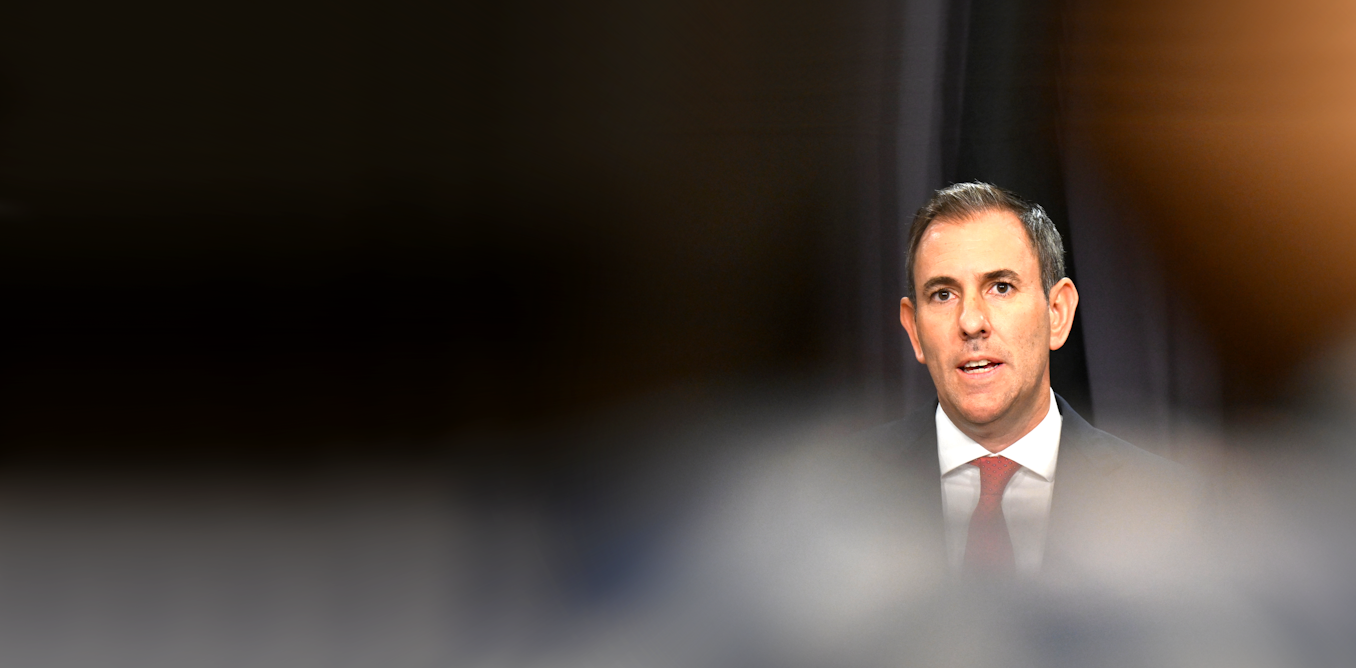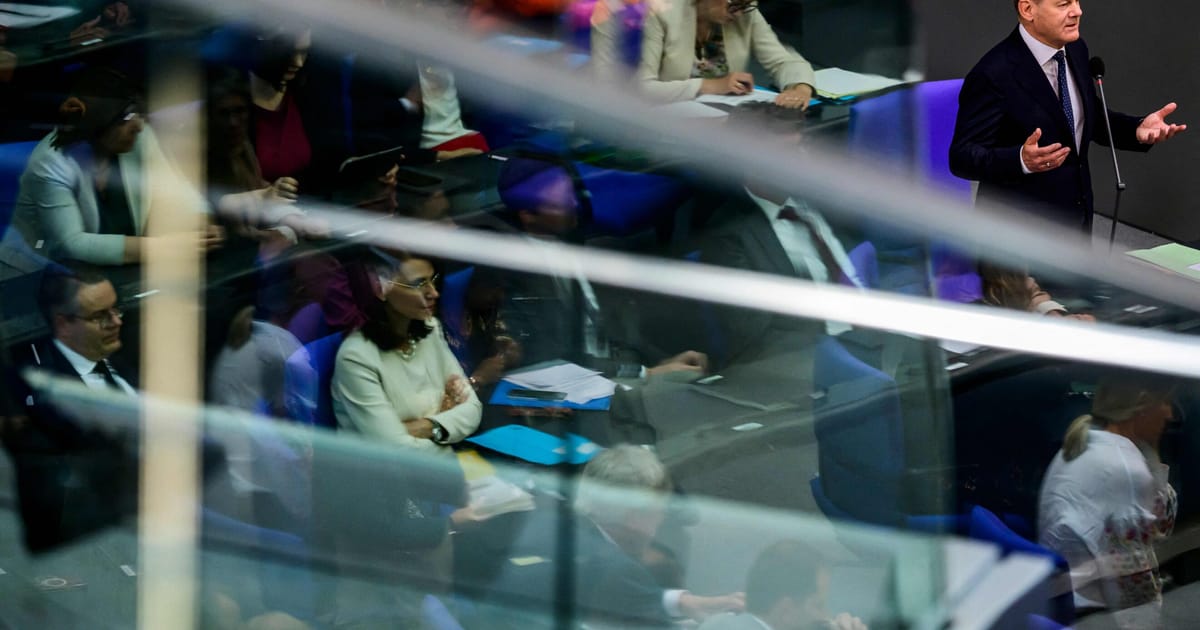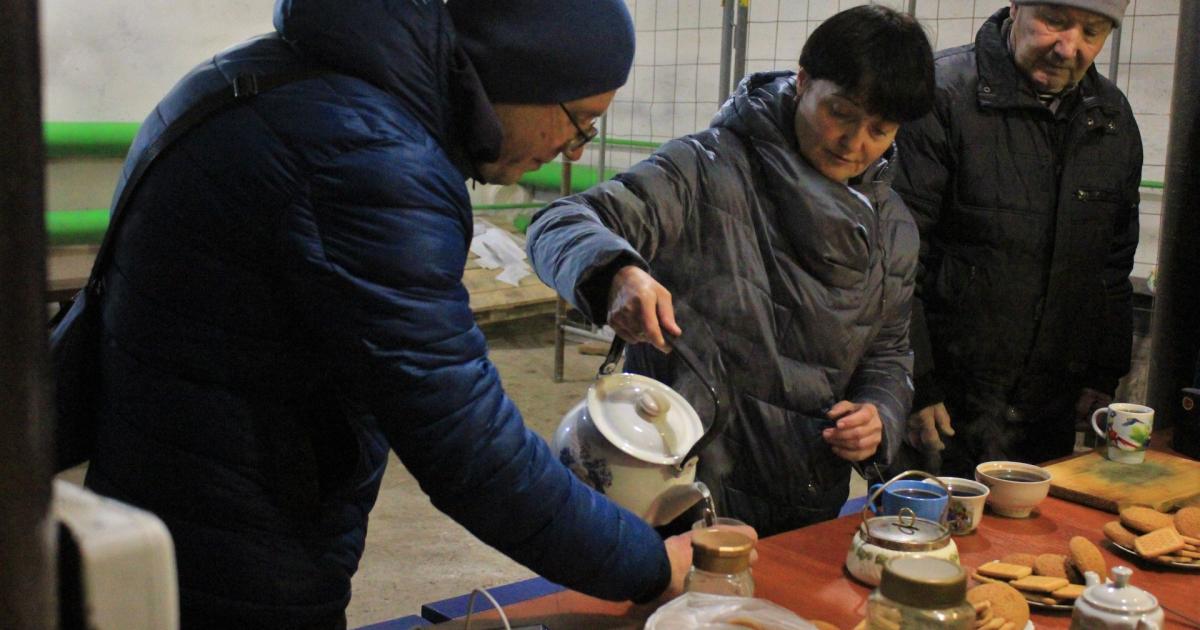Wednesday’s national accounts show economic activity barely grew during the three months to December, climbing just 0.2%. That’s the lowest growth rate in four quarters, each of which was lower than the one before it.
Australia’s annual rate of economic growth – 1.5% – is the lowest in 23 years, excluding the COVID-induced 2020 recession.
In response, Treasurer Jim Chalmers said the balance of economic risks had changed.
While it was not “mission accomplished” on inflation, Chalmers’ May budget would mark a shift from what had been “almost a sole focus on inflation, a successful focus” to the “trickier terrain” of supporting growth.
Strong population growth meant economic activity per person shrank for the third consecutive quarter, in what some commentators are calling a continuing per capita recession.
Household spending was anaemic, climbing an inflation-adjusted 0.1% over the quarter and only 0.1% over the year after earlier falls.
Adjusted for population growth, spending per person shrank sharply.
The Bureau of Statistics reported a big fall in discretionary spending (down 0.9% over the quarter) offset by an increase in essential spending (up 0.7%).
Cooking at home
Spending on food and on electricity drove the rise in essential spending. The fall in discretionary spending was driven by a slide of 2.8% in spending on hotels, cafes and restaurants. This fall suggests, in the bureau’s words, that Australians “substituted cooking at home for eating out”.
Imports slid 3.4% in the quarter as wholesalers satisfied demand by running down inventories rather than importing as many goods.
A briefing to investors by Myer chief executive John King in February suggests this has been a deliberate strategy. King spoke about “controlling intake to match trading conditions”.
Saving a bit more
Australians saved a bit more in the three months to December after reducing saving during the three months to September in order to pay bigger-than-usual tax bills following the axing of the temporary low-and-middle-income tax offset.
While some of the saving might be cautionary (concern that worse times might come), the good news is that on average consumers are still saving rather than running down their savings.
The stage three tax cuts due in July will shore up pay packets, further helping to shore up savings.
The weaker tax take in the quarter gave Australians a reprieve on real household disposable income per capita, one of the best measures of the standard of living.
It grew 0.9%, after falling for most of the previous eight quarters.
Productivity bouncing back
After sliding since early 2022, labour productivity has climbed for two quarters.
In part, this is a mathematical outcome of the definition of labour productivity, which is GDP per hour worked. In recent quarters hours worked have been falling.
Chalmers said while the productivity news was “encouraging”, reported quarterly movements could be volatile and it would take some time to reverse the decline.
Where to from here?
The good news for the May budget is Australia’s terms of trade (the ratio of the prices received for exports to prices paid for imports) slipped only 3.9% during 2023. That compares to forecasts of much bigger falls for 2022-23 in the 2023 May budget and December update of 13.25% (budget) and 6.5% (update).
The better-than-expected terms of trade suggest mining companies will be in a position to pay more tax than had been expected.
This both increases the chances of a second (and even a third) consecutive budget surplus and gives the treasurer a bit more room to reorient the budget toward measures that support economic growth.
We know how to boost productivity and lift wages – but it will take time and much tougher tax reform
Chalmers is probably hoping the Reserve Bank is thinking along the same lines.
The annual increase in gross domestic product of 1.5% for the year to
December is exactly the increase that the bank forecast in its most recent update.
This means it is likely to conclude the economy is slowing as expected and leave rates on hold for some time. Asked what he thought the Reserve Bank would do, Chalmers said he wouldn’t comment but pointed to financial market forecasts.
Trading on the Australian Securities Exchange points to an even-money chance of a rate cut by June and a 100% chance of a rate cut by November.




